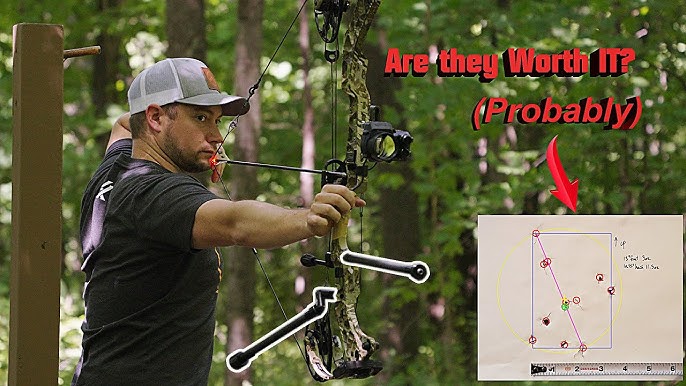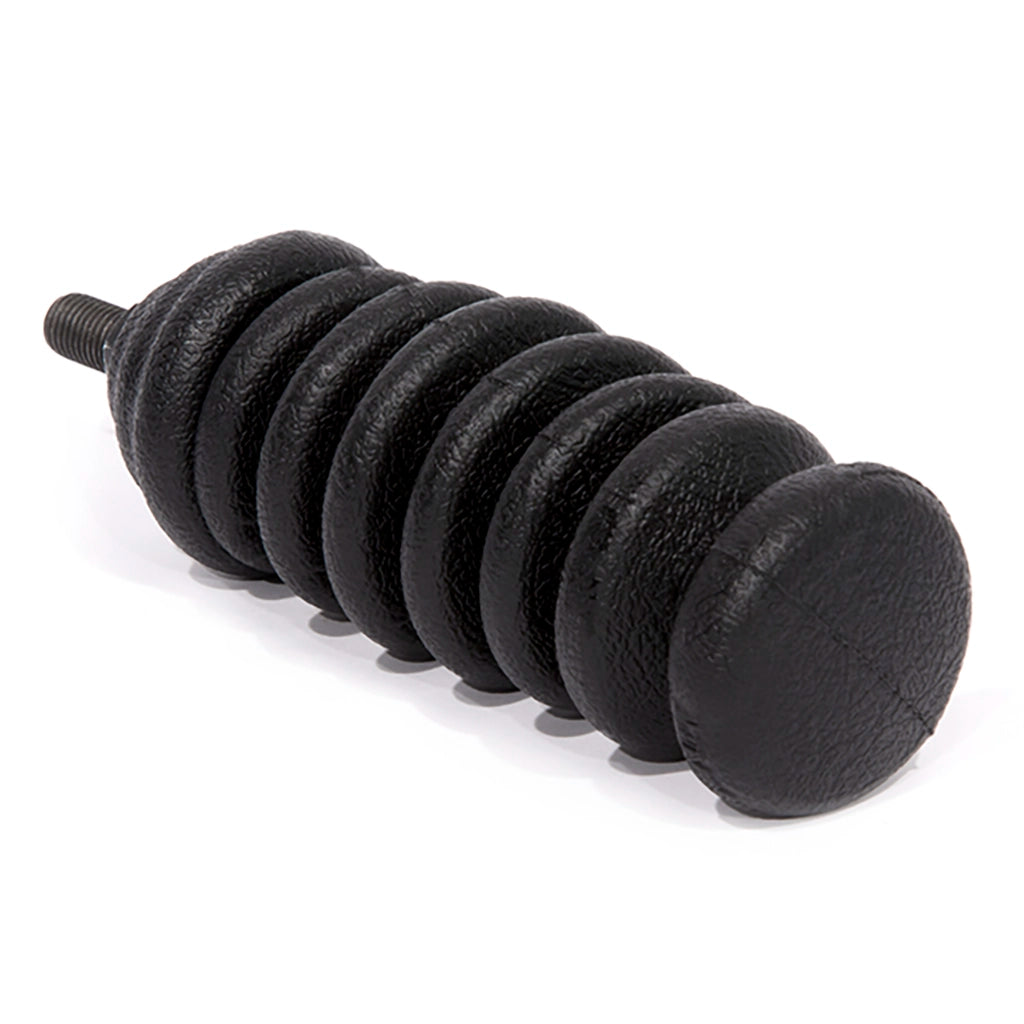Maximize Your Archery Performance With the Perfect Stabilizer: an Extensive Buyer's Guide
In this thorough purchaser's guide, we will discover the different types of stabilizers, vital aspects to take into consideration, the relevance of correct length and weight, choosing the ideal damping system, and upkeep tips. Whether you're a skilled archer or just beginning out, this guide will aid you navigate the world of stabilizers and maximize your archery performance.
Kinds Of Stabilizers
There are 3 main types of stabilizers commonly utilized in archery efficiency. These stabilizers play an essential function in boosting accuracy and reducing bow torque. The very first type is the long pole stabilizer.
The second kind of stabilizer is the side rod stabilizer. Side pole stabilizers are affixed to the side of the bow and aid counterbalance any type of side activities. They assist in preserving a steady and straight purpose, particularly when managing crosswinds or irregular surface. Side pole stabilizers are particularly important for archers that fire from a standing placement and require security on both the horizontal and upright axes.
The third kind of stabilizer is the V-bar stabilizer. V-bar stabilizers are usually used together with side rod stabilizers to better enhance security. They connect to the side and the bow rods, creating a triangular setup that distributes weight equally. This setup assists minimize oscillations and resonances, causing a smoother and more regulated shot.
When picking the right tools to optimize archery efficiency,Recognizing the different types of stabilizers is crucial. Each stabilizer type offers a certain objective, and picking the proper combination can significantly improve accuracy and uniformity on the variety or in the field.
Trick Aspects to Take Into Consideration

Most importantly, it is important to take into consideration the length and weight of the stabilizer. Longer stabilizers supply increased stability and equilibrium, while shorter ones use more maneuverability. The weight of the stabilizer influences the overall equilibrium of the bow, and it is vital to find a stabilizer that complements the weight of your bow.
One more essential element to think about is the product of the stabilizer. Stabilizers are frequently made from light weight aluminum, carbon, or a mix of both. Light weight aluminum stabilizers are sturdy and supply exceptional resonance moistening, while carbon stabilizers are light-weight and offer premium vibration absorption.
In addition, it is crucial to review the design and adjustability of the stabilizer. Some stabilizers come with flexible weights and dampeners, allowing you to personalize the equilibrium and vibration control. Furthermore, thinking about the placing alternatives and compatibility with your bow is vital to ensure a safe and secure and proper fit.
Finally, budget is a substantial factor to consider. Stabilizers can be found in a series of rates, and it is vital to locate one that fits within your budget plan while still meeting your performance needs.
Importance of Correct Length and Weight

Proper length and weight are critical factors that considerably affect the efficiency of an archery stabilizer. It is important to think about the shooting design, target range, and personal preference when choosing the length of a stabilizer.
Likewise, the weight of the stabilizer plays a crucial function in achieving optimal efficiency. A much heavier stabilizer soaks up much more vibration and decreases bow motion throughout the shot, resulting in a steadier purpose and tighter groups.
In addition, the length and weight of the stabilizer ought to work with the archer's physical strength and capturing strategy. By selecting the ideal length and weight, archers can optimize their stability, decrease bow torque, boost accuracy, and boost general performance. It is suggested to speak with skilled archers or professionals to make certain the very best match between the stabilizer and private shooting requirements.
Picking the Right Damping System
The choice of an appropriate damping system is vital in optimizing the efficiency of an archery stabilizer. A damping system is developed to minimize the resonances and noise created when an arrowhead is released, supplying the archer with a much more precise and stable shot. When selecting the best damping system for your stabilizer., there are numerous elements to consider.
First of all, it is necessary to take into consideration the sort of material utilized in the damping system. Rubber and rubber-like products are generally made use of as a result of their ability to take in vibration properly. These products are light-weight and also long lasting, making them suitable for archery stabilizers.
Secondly, the design of the damping system needs to be taken right into account (archery stabilizer). Try to find a system that provides numerous contact points with the stabilizer, as this will certainly disperse the resonances more evenly and further try here improve the stabilizer's performance
In addition, consider the adjustability of the damping system. Having the ability to fine-tune the level of damping can be beneficial, as different archers might have differing choices and shooting styles.
Lastly, it is essential to make certain that the chosen damping system is compatible with your stabilizer. Inspect the dimensions and specifications to make certain a correct fit.
Upkeep and Treatment Tips
To make sure ideal efficiency and durability of your archery stabilizer, it is vital to implement correct maintenance and care techniques. Normal maintenance not just avoids wear and tear but also helps recognize any prospective concerns before they come to be major troubles. Among the first actions in maintaining your stabilizer is to cleanse it regularly. Make use of a soft fabric or brush to get rid of dust, dirt, and particles from the stabilizer and its parts. Pay unique focus Read Full Report to the weight system, as dirt can collect in the strings and impact its functionality. In addition, examine all the components of the stabilizer for any kind of indications of damage or wear, such as splits or loosened screws. If any kind of problems are found, it is essential to address them quickly to prevent more damage. Oiling the relocating parts of the stabilizer, such as the dampers and weight system, is likewise crucial to make sure smooth operation. Utilize a top quality lube suggested by the producer and adhere to the directions provided. Lastly, store your stabilizer in an awesome, completely dry location far from straight sunlight and severe temperatures to stop bending or various other damage. By adhering to these maintenance and treatment tips, you can take full advantage of the performance and long life of your archery stabilizer.
Conclusion
In conclusion, picking the right stabilizer for archery is critical for making best use best site of performance. By thinking about elements such as stabilizer type, length, weight, and damping system, archers can enhance their accuracy and security. Furthermore, correct upkeep and care of the stabilizer is necessary for its longevity and optimal performance. With the best stabilizer and proper focus to these aspects, archers can improve their total archery experience.
The second kind of stabilizer is the side pole stabilizer.The third kind of stabilizer is the V-bar stabilizer. V-bar stabilizers are typically used in combination with side pole stabilizers to additionally improve security. The weight of the stabilizer influences the total balance of the bow, and it is essential to find a stabilizer that matches the weight of your bow.
Aluminum stabilizers are sturdy and give excellent resonance dampening, while carbon stabilizers are light-weight and offer premium resonance absorption.